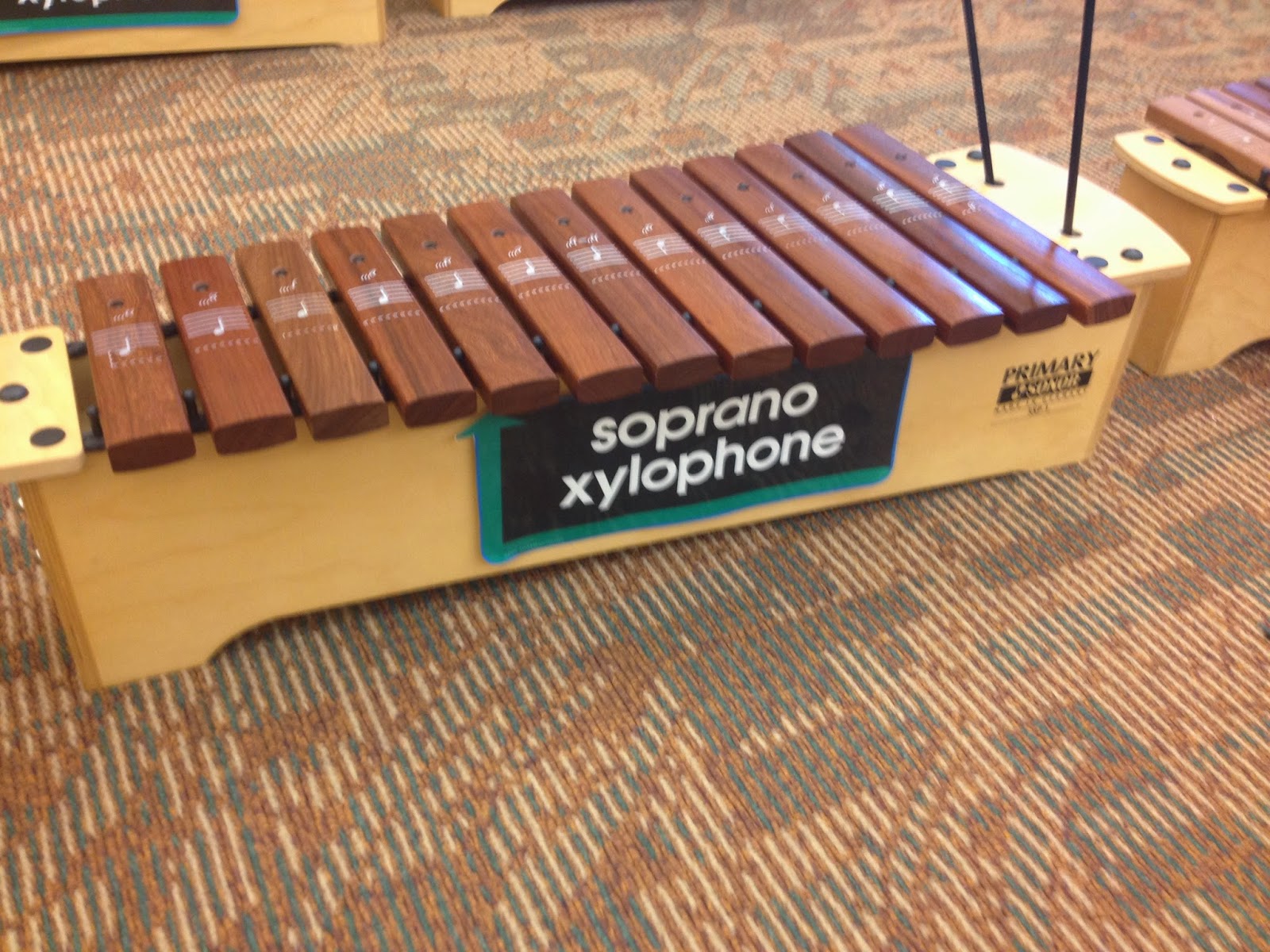So, I thought it was time I explain my lack of activity and along with my explanation, promise to return with more resources and ideas soon.
In August, I accepted a position as a principal of a K-3 elementary school. I quickly packed all of my music classroom up into box after box of resources, memories, and ideas all within the period of one week. Nine years of joy is a hard thing to walk away from.
I enjoy my new job, but as you might imagine, starting out as a principal takes a great deal of time, as I try to learn the new district and staff and as I get some experience under my belt. Thus, most evenings and weekends are spent preparing things for my staff and students.
On top of that, I got engaged in October, so the wedding planning fun is taking up the time I had spent on my TpT Store and Blog!
Have no fear, however. I still love thinking up ideas and sharing them. It is my goal to be able to share more resources and ideas again with you all more frequently in the new year. From my new perspective as an administrator, I think I may be able to bring you even more creative ideas.
You may also start to see some non-music items appear as I work in a new role outside of the music realm. These resources may work in and out of the music class, or they might be building level specific.
Stay tuned for more exciting things. As always, if there is a resource you are looking for, feel free to let me know!
Thanks for your patience. I'll be back, I promise!












































